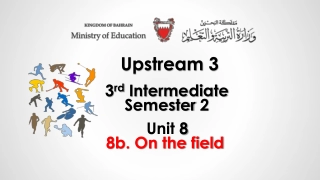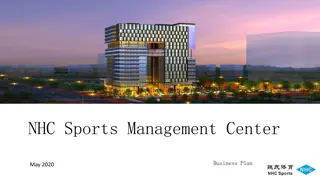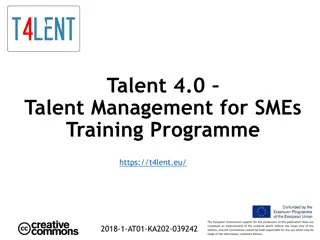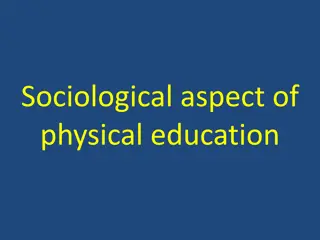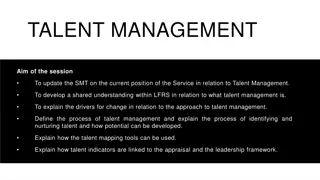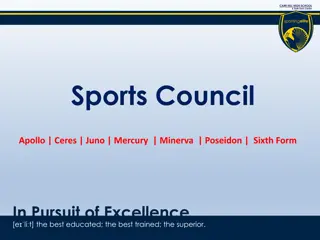Understanding Talent Identification and Selection in Sports
Talent identification in sports involves recognizing and developing the total potential of athletes in various aspects, aiming for long-term growth rather than focusing solely on immediate performance. It focuses on understanding real potential and systematically developing it over time through quality coaching. Talent selection, on the other hand, is a short-term solution that involves picking players based on current ability for immediate success. Balancing both aspects is crucial to ensure a team's long-term success while giving opportunities to players with hidden potential. Careful assessment of performance and player characteristics is essential, without excluding potential based on isolated weaknesses. Effective talent identification requires looking beyond immediate success and characteristics to identify players with the capacity to develop further. The selection criteria should prioritize skills and abilities over physical attributes.
Download Presentation

Please find below an Image/Link to download the presentation.
The content on the website is provided AS IS for your information and personal use only. It may not be sold, licensed, or shared on other websites without obtaining consent from the author. Download presentation by click this link. If you encounter any issues during the download, it is possible that the publisher has removed the file from their server.
E N D
Presentation Transcript
Talent identification Mped 2ndsem Dr. rajeshwari
Talent identification Talent understanding their total potential the physical, mental, emotional, spiritual, technical, tactical and cultural aspects of who they are as a human being and as an athlete and systematically developing that potential over time through quality coaching. Talent identification also takes a long term approach to player selection and development, and focuses on training large numbers of players, instead of cutting all but the elite ones. It recognizes that many factors affect whether a kid will make it or not, but rarely are childhood results the main factor. ID is about their understanding real potential, the understanding athletes,
is the process of Talent recognizing current players that have the potential to excel within football (Vaeyens, Lenoir, Williams, & while talent selection is the acceptance of individuals into representative teams and development programs. Talent identification involves an attempt to predict the future capacity of performance of an individual (Abbott & Collins, 2002) identification Philippaerts, 2008),
Talent Selection Talent selection can be seen as the short term solution, as coaches are focused on the current ability of the team players. They then pick these players to train which will help them to win games. However, this can have consequences, as coaches can lose interest in less able players, lessening their time of play in favor of more successful players. However, talent identification is the act of searching for players who may not be the best in the current time, but have the potential to eventually become one. These players may have the motivation to learn and the drive to reach their potential. This in time will benefit the team and make it more successful in the long term.
As noted earlier, there are various aspects of performance and player characteristics that can be assessed in order to make selection determinations. An issue here is that players are not excluded on the basis of a weakness in one area, especially if isolated testing is used (e.g. speed, skill tests, height or body type etc). Some of these weaknesses may be balanced out through maturation or training, compensate for a weakness through modifying the way they play (Abbott & Collins, 2004). The risk here again is that we exclude players who may actually have the potential to develop much further, despite their current perceived weaknesses. Different components are necessary for success at different ages (Vaeyens, et al., 2006). The implications of this is that in identifying potential, selectors need to be able to look beyond the immediate success and characteristics, and look at the aspects which are have better predictive power. Due to the effect of maturation, physical and physiological components are not recommended as selection criteria (Williams & Reilly, 2000). Rather, players should be selected based on skills and ability. and some players can
Ability can include a number of characteristics. Psycho- behavioural characteristics are believed to be more important than physical and skill components (Abbott & Collins, 2002). These characteristics are development opportunities that they are afforded, by adopting an appropriate focus within and between training and competition. Therefore, a player s attitude will be of greater benefit to them, especially over the course of a development programmed, in order to reach their potential than the physical and skill attributes at a young age (when first being identified). An important implication of this is that players attitudes and psycho-behavioural characteristics are difficult to detect in a trial situation, and so these characteristics should be monitored from within the development programmed. These characteristics can then be used for selection purposes when the players reach higher age groups, as they will have been within the program for more than one season, allowing assessments regarding their attitude to be made. required for optimizing the
Principles of Indentifying Talent Some specific principles to identify talent in a group of children are as follows: 1. Physical Activity Stimulates Growth: Children need a variety of general movement experiences that helps in physical activity which stimulates growth. 2. AWide Variety of Movements Makes them MASTER: Children with a wide variety of movement patterns in early life will most likely be able to efficiently master complex movement patterns in sport in their later years. 3. Growth Affects Athletic Performance: Structural and functional growth is factors which effect athletic performance. 4. Exposure is Essential for Growth: The intensity, length and frequency of exposure to an activity are essential components of growth in that activity. 5. Right Attitude: Usually, experienced coaches have developed their own subject criteria to eyeball talent or potential skills, i.e., one athlete seems more coordinated than others, appears faster or stronger than others, and seems to have the right attitude.
Physical characteristics such as size, strength, maturation level Physiological such as speed, agility and fitness Technical skills such as dribbling, passing, control and shooting, along with defensive skills Cognitive such as game understanding and perception Psycho-behavioural such as attitude, desire and effort.


